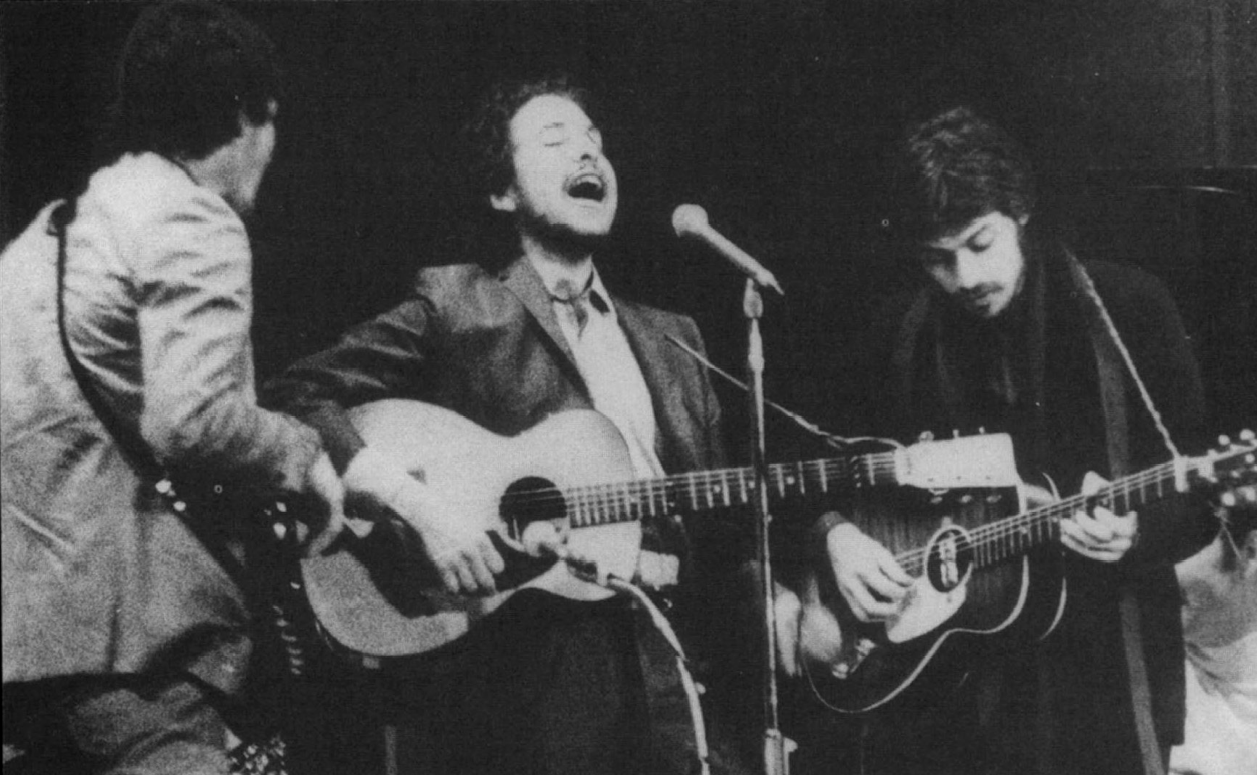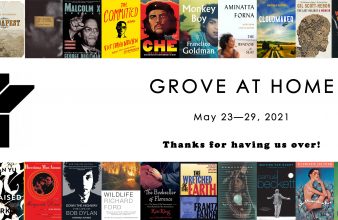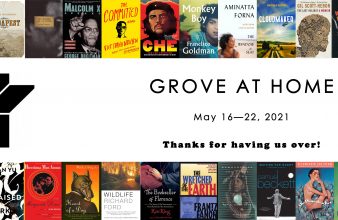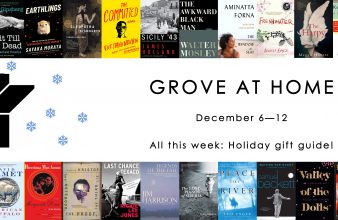News Room
In honor of the reissue of 1968 in America, a “splendidly evocative account of a historic year” (Arthur Schlesinger, Jr.), author Charles Kaiser recounts what was, to him, the most important thing that happened that year: the return of Bob Dylan
The thirtieth anniversary edition of 1968 in America: Music, Politics, Chaos, Counterculture, and the Shaping of a Generation is in bookstores now. You can read from Hendrik Hertzberg’s introduction to the new edition in the Guardian.
_____________________
If you were like me and a teenager in 1968, the most important thing that happened to you that year came before the Tet Offensive in South Vietnam (January 30), or Lyndon Johnson’s abdication (March 31), or Martin Luther King’s assassination (April 4), or the shooting of Bobby Kennedy (June 5) or the riots at the Democratic National Convention in Chicago (August 28).
If you were like me the most important thing was the fact that Bob Dylan was back, eighteen months after he had slipped off his Triumph motorcycle on Striebel Road in Woodstock, and promptly disappeared from public view.
The most powerful creative force of his generation had gone silent, and the rumors about him ranged from paralysis to death. But the accident had been nowhere near fatal; Dylan never even went to the hospital. He just moved into the third floor bedroom in the home of a nearby doctor, Ed Thaler. There Thaler and his wife Selma nursed him back to health, with the help of dinner guests like Allen Ginsberg, and future leader of The Band Robbie Robertson. One night they projected Don’t Look Back on the living room wall, the newly released documentary by D. A. Pennebaker about Dylan’s British tour of 1965.
At the end of 1967 Dylan ended his silence with John Wesley Harding, a beguilingly low-key LP, and a month after that he made his first public appearance at a benefit concert at Carnegie Hall for his hero Woody Guthrie, who had died the previous October. After that, he re-occupied the place he had created since “Blowin’ in the Wind” (1962), “The Times They Are a-Changin” (1964) and “Like a Rolling Stone” (How does it feel??!! (1965)–a place for us to bury our anguish and rediscover our strength, every time we were knocked over by another assassination or some other catastrophic event.
All of us had worshiped him when he used nothing but a harmonica and an acoustic guitar to become the most important American folk singer of modern times. That was the way I first saw him perform at the Royal Albert Hall during that British tour of 1965–the most religious evening of my life. Later that year, he went electric, infusing his music with a rock and roll beat, and half of his former admirers went berserk. As a result, this was the question that bedeviled him for decades afterwards:
“Mistake or not, what made you decide to go the rock-and-roll route?”
In 1966 this was his immortal answer:
Carelessness. I lost my one true love.
“Carelessness. I lost my one true love. I started drinking. The first thing I know, I’m in a card game. Then I’m in a crap game. I wake up in a pool hall. Then this big Mexican lady drags me off the table, takes me to Philadelphia. She leaves me alone in her house, and it burns down. I wind up in Phoenix. I get a job as a Chinaman. I start working in a dime store, and move in with a thirteen-year-old girl. Then this big Mexican lady from Philadelphia comes in and burns the house down. I go down to Dallas. I get a job as a ‘before’ in a Charles Atlas ‘before and after’ ad. I move in with a delivery boy who can cook fantastic chili and hot dogs. Then this thirteen-year-old girl from Phoenix comes and burns the house down. The delivery boy—he ain’t so mild: he gives her the knife and the next thing I know I’m in Omaha. It’s so cold there, by this time I’m robbing my own bicycles and frying my own fish. I stumble onto some luck and get a job as a carburetor out at the hot-rod races every Thursday night. I move in with a high school teacher who also does a little plumbing on the side, who ain’t much to look at, but who’s built a special kind of refrigerator that can turn newspaper into lettuce. Everything’s going good until the delivery boy shows up and tries to knife me. Needless to say, he burned the house down, and I hit the road. The first guy that picked me up asked me if I wanted to be a star. What could I say?”
Nineteen years later, on November 13, 1985, in a room at the Ritz-Carlton Hotel in Manhattan, I asked him if that was “still the answer.”
“Well,” Dylan replied, “that’s part of it!”









